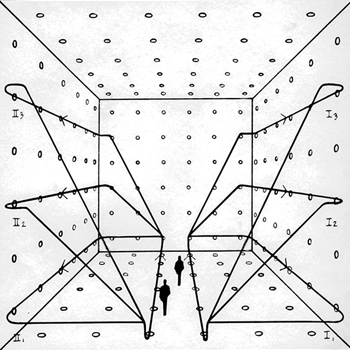If #A=[(-1,2), (3,1)]#, how do you find F(A) where #f(x)=x^2-2x+3#?
2 Answers
See below.
Explanation:
Write it as:
Where
And then process the algebra.
If you need an answer check, I get:
Explanation:
Given:
#A = ((-1, 2),(3, 1))#
Then:
#A^2 = ((-1, 2),(3, 1))((-1, 2),(3, 1)) = ((7, 0),(0, 7)) = 7I#
So:
#A^2-2A+3I = 7I-2A+3I#
#color(white)(A^2-2A+3I) = 10I-2A#
#color(white)(A^2-2A+3I) = ((10,0),(0,10))-((-2,4),(6,2))#
#color(white)(A^2-2A+3I) = ((12,-4),(-6,8))#
Footnote
Note that
#x^2-7 = 0#
As a result, we find that the set of matrices of the form
Note that this matrix


